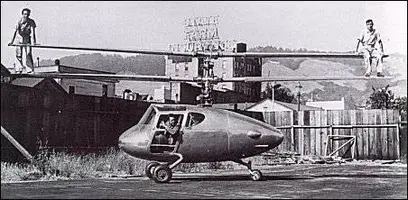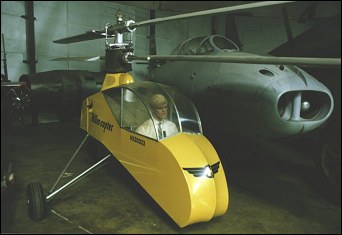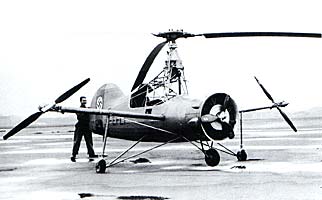leviterande
Member
I found some people on similar idea here:
http://hoytstearns.com/AHSpresentation/
using cross flow fans to drive the rotor. I believe the owner of two patents is registrered on this forum
his patents nr are: 4,702,437 and 4,720,059
and his forum name is:hstearnsjr's
Kalle
http://hoytstearns.com/AHSpresentation/
using cross flow fans to drive the rotor. I believe the owner of two patents is registrered on this forum
his patents nr are: 4,702,437 and 4,720,059
and his forum name is:hstearnsjr's
Kalle








